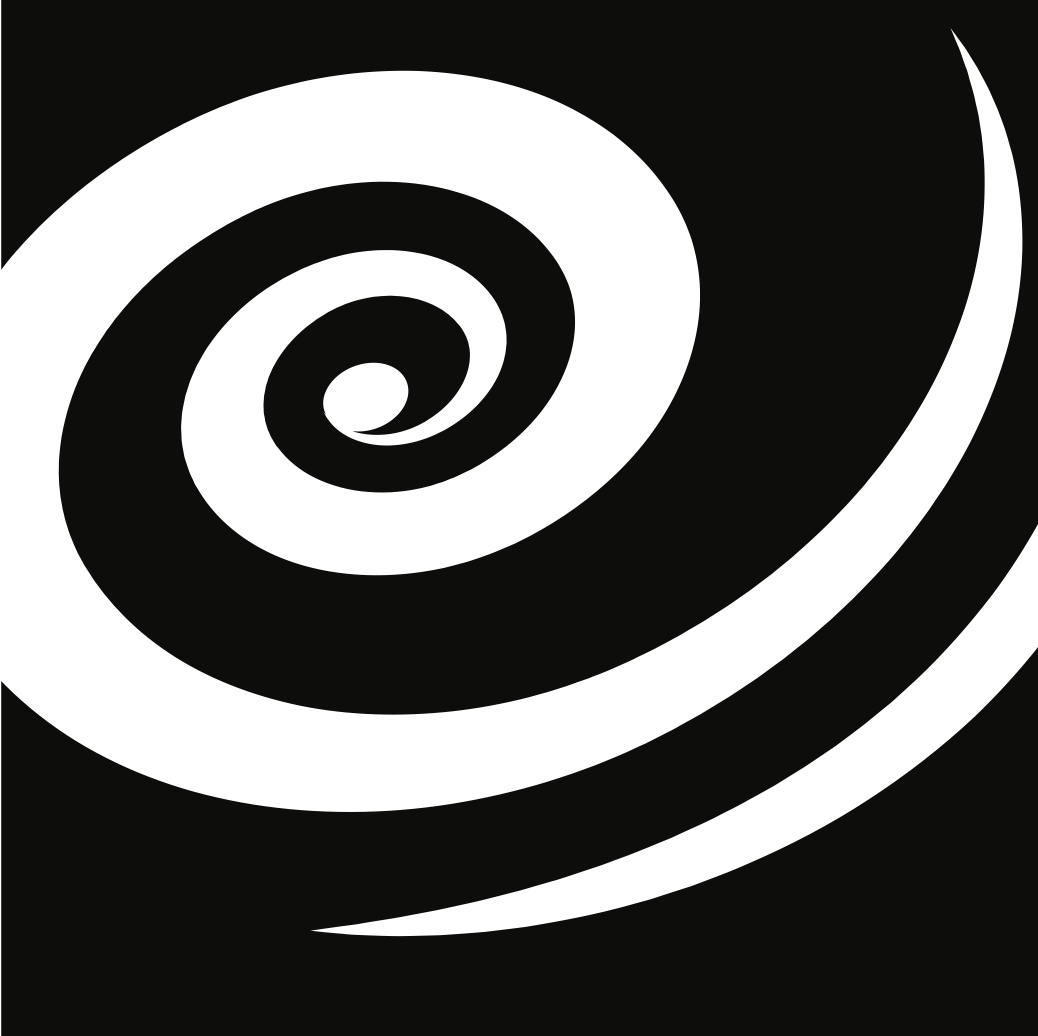NSF Ideas Lab: Measuring “Big G” Challenge
Physics needs you!
We are looking for bold researchers willing to design and undertake new measurements of Newton’s gravitational constant G (“Big G”). No background in the field? No problem!
Motivation: The gravitational constant, G, describes the strength of gravitation, the weakest of the four fundamental interactions in nature. Although several hundred measurements of this constant have been performed, the best currently reported measurement accuracy is only about 500 times better than that of the first measurement by Cavendish more than two hundred years ago. Moreover, recent experiments differ from each other by as much as 0.05%, about 40 times the uncertainty of the most precise experiment.
Motivations to resolve the current discrepancy with better measurements are two-fold. First, the search for a theory that unifies gravitation with quantum electrodynamics is an active area of research. Such a theory may be able to predict the value of G, and an experimental result may become important to test such theories. Second, understanding the subtleties involved in precisely and absolutely measuring a small force is important for many fields of physics and metrology, including the Casimir effect, spring constants of atomic force microscopy (AFM) cantilevers, and intermolecular forces in DNA.
Ideas Lab: Solicitation NSF 15-591 describes the Ideas Lab on “Measuring Big G.” Ideas Labs are intensive meetings focused on finding innovative solutions to grand challenge problems. The ultimate aim of this Ideas Lab is to facilitate the development of new experiments designed to measure Newton’s gravitational constant G with relative uncertainties approaching or surpassing one part in 100,000. The aspiration is that mixing researchers from diverse scientific backgrounds will engender fresh thinking and innovative approaches that will provide a fertile ground for new ideas on how to measure G that can be used to validate and extend current calculations. The goal is to develop multidisciplinary ideas with emphasis in experimental setups that have not been attempted before that eventually will be submitted as full proposals.
How does the Ideas Lab work? The Ideas Lab is an intensive, interactive and free-thinking environment, where a diverse group of participants from a range of disciplines and backgrounds gets together for five days – away from their everyday worlds – to immerse themselves in collaborative thinking processes in order to construct innovative approaches. It will involve up to 30 participants that will be expected to engage constructively in dialogue with one another and the Director and mentors to develop collaborative research proposals. Collaboration is an integral aspect of the activity. The Ideas Lab will run over five days starting mid-morning on Day One and finishing mid-afternoon on Day Five. At the outset, the participants will work collaboratively to identify and define the scope of the research challenges relating to measuring G. As the Ideas Lab progresses, participants will dynamically develop and hone novel ideas about how the identified challenges may be addressed, and then use these ideas and approaches to develop research projects, which should contain genuinely innovative and potentially risk-taking investigations. The Ideas Lab will include inputs from a variety of sources and will aim to develop collaborative research projects. Following the Ideas Lab, the teams with the best ideas may be invited to submit a full proposal.
When and where: The “Measuring Big G” Ideas Lab will be held at the NIST Laboratory in Gaithersburg, MD, from December 7-11, 2015.
Who can apply: Any individual interested in participating in the Ideas Lab and who is also eligible for NSF funding (see Grant Proposal Guide, Chapter I, Section E).
How to apply: Participation in the Ideas Lab is by invitation only from the pool of applicants who submitted a preliminary proposal. Interested researchers should submit through Fastlane a two-page preliminary proposal application by September 21, 2015 (see details in NSF 15-591 Section V.A).
Questions?
Please contact us: Pedro Marronetti (703-292-7372, pmarrone@nsf.gov) John Gillaspy (703-292-7173, jgillasp@nsf.gov)
